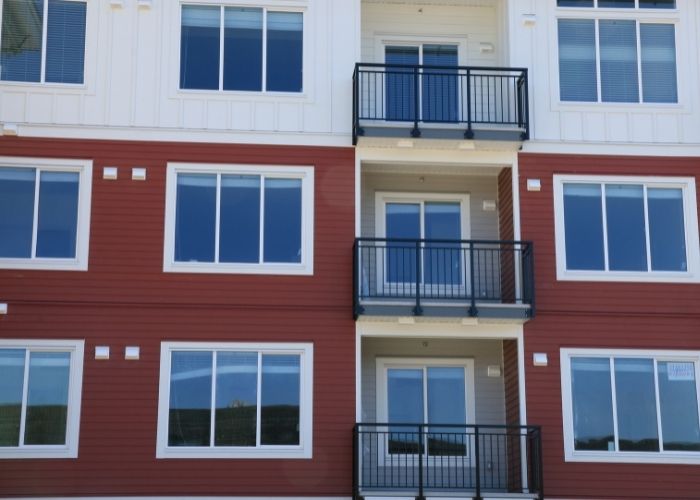MADRID – The rise in house prices in Spain in recent years has not been matched by a commensurate rise in wages. The need for affordable rental properties has increased dramatically, and finding housing is becoming increasingly difficult.
According to a report by consultants Atlas RE Analytics and Gesvalt, more than 1 million rental properties are needed to meet the demand of the Spanish population. The indicator for this estimate is the number of families currently spending more than 40% of their income on rent, whereas the recommended percentage is a maximum of 30%.
Increasing house price, financing more difficult
According to Gesvalt director Mercedes de Miguel, the price of housing has risen 12% since 2014, while the average salary has only increased by 5%. Furthermore, she states that financing has also become more difficult. ‘In 2009, 1.79 mortgages were signed for each sale, compared to 0.72 mortgage per transaction in 2020’. Added to these factors is the effect that the pandemic will have on the housing market. And while both the extent of the blow and the duration of the recovery are still difficult to determine, all indications are that housing will become even more difficult for most Spaniards.
Young people
The national unemployment rate has risen from 14% at the end of 2019 to 16.1% at the end of 2020. This is a problem of great magnitude. Additionally, unemployment in all segments of the population has risen and is expected to reach 15.9% by the end of 2021. This is the optimistic scenario, as some predict it could even rise to 18.3% as the bad case scenario. Among young people aged 30-44, who are taking their first steps in the housing market, the effect on employment is even more pronounced.
Based on this unemployment data and its income effect, affordable housing is expected to become one of the main concerns of public opinion. This was the same in the years following the 2008 crisis.
Government response
The government has failed in the area of social housing in recent years. The public sector manage only 19% of the total housing stock. Whereas, the private sector has played a more active role in promoting social housing. ‘Despite this, we are seeing a decline in private interest in the promotion of subsidised housing. This is caused by rising operating costs and maximum prices that sometimes bear little relation to market prices in certain areas,’ experts from the consultancies explain.
On the other hand, the choice to rent has increased significantly, especially among the young population. In 2004, 20% of 30- to 44-year-olds were renting; by 2019, the figure was 31%. Moreover, the initiatives developed by the government have coincided with the surge in interest in ‘Build to Rent’, another trend that has prompted property developers to adopt new business models that promote renting and assume long-term operation of buildings.
Areas most in need of affordable rental properties
According to Alejandro Bermudez, CEO of Atlas RE Analytics, the need for affordable rental flats is greatest in areas with higher population densities. The most needy provinces with the following shortfall of units are;
- Madrid (214,740)
- Malaga (136,700)
- Barcelona (128,733)
- Seville (71,319)
- Valencia (60,146)
- Cadiz (59,694).
Government initiatives
To meet the housing need, the government has launched several plans to build more social housing. However, in most cases these proposals are based on a public-private partnership model. Part governments need the impetus of private capital to accelerate housing production.
Important initiatives include the National Plan of the Spanish Ministry of Transport, Mobility and Urban Agenda (MITMA). Also, the Plan Vive of the Autonomous Community of Madrid. However, both plans fall far short of meeting the total need for affordable housing. According to Mercedes de Miguel, ‘the Plan Vive has been welcomed by society at large as an interesting initiative. The economic return is interesting for operators and rents could range from €550 per month to €615 per month’.
The MITMA plan originally aimed to deliver 20,000 affordable homes, but this number has been adjusted to 100,000. Although the first projects are already being put out to tender, many details still need to be laid down in the Housing Act.


